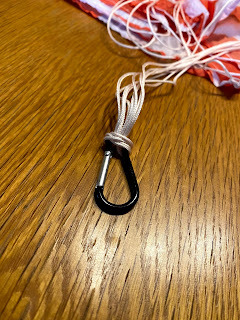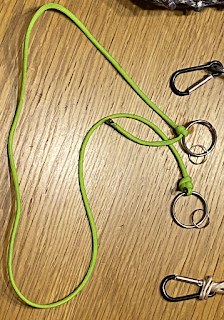Here's a perspective on Apple's Vision Pro you likely haven't seen: What's it like to use with one eye?
I went to my local Apple Store to get a Vision Pro demo yesterday. If you don't know me, I am a sucker for new tech, and I absolutely bleed in six colors, so it was not at all unreasonable as I was walking out the door for my lovely wife to absolutely forbid me from buying a Vision Pro while I was out.
I'm deeply disappointed that I wasn't even tempted to endanger my marriage with such a purchase. I was reasonably impressed with the Vision Pro – it is dramatically better than my Quest 2 – but I was not wowed to my core, as many other reviewers and users have been.
The problem: The most magical Vision Pro magic is created through stereo-vision tricks that get played across two eyeballs. These are entirely lost on me, as I cannot see from my right eye.
Two-eyed folks use binocular parallax to perceive depth, where the brain interprets the slight differences between what each eyeball sees. The Vision Pro appears to excel at creating those slightly different images, but I can't see the right-hand screen at all.
The main way I perceive depth is though motion parallax, where moving my head around a little can tell my one working eyeball how close an object is through its relative motion compared to items behind it and in front of it. This usually works really well for me – I am not going through life bumping to things all the time – but in 3-D situations, it's no substitute.
Even when I moved my head around a bit during the demo, dinosaurs didn't pop off the screen at me, soccer balls merely got bigger as they moved closer to me, and spatial videos looked pretty much just like regular videos.
Now, Apple went to its usual great lengths to build a ton of accessibility options into VisionOS; I was easily able to tell it during setup that I was only going to be using one eyeball to do all the work, and it deftly ignored the gaze of my sightless and slightly off-kilter right eye. I really appreciate this. But I do not believe Apple will be able to fully compensate for monocular vision on this device.
I love to create 360º content with Insta360 cameras and iPhone apps, and I've been yearning for a headset that will display these high-resolution photos and movies better than my Quest 2 can. During the Vision Pro demo, I didn’t get a chance to view any of my own 360º content in 360º, but all signs are that it should all look far, far better on the Vision Pro.
This would be worth something to me (and make no mistake, if members of my family sell organs and buy me a Vision Pro for my birthday, I'll be delighted), but I'm sad to report that it's not worth $3,000 more to me than the other headsets out there.



































